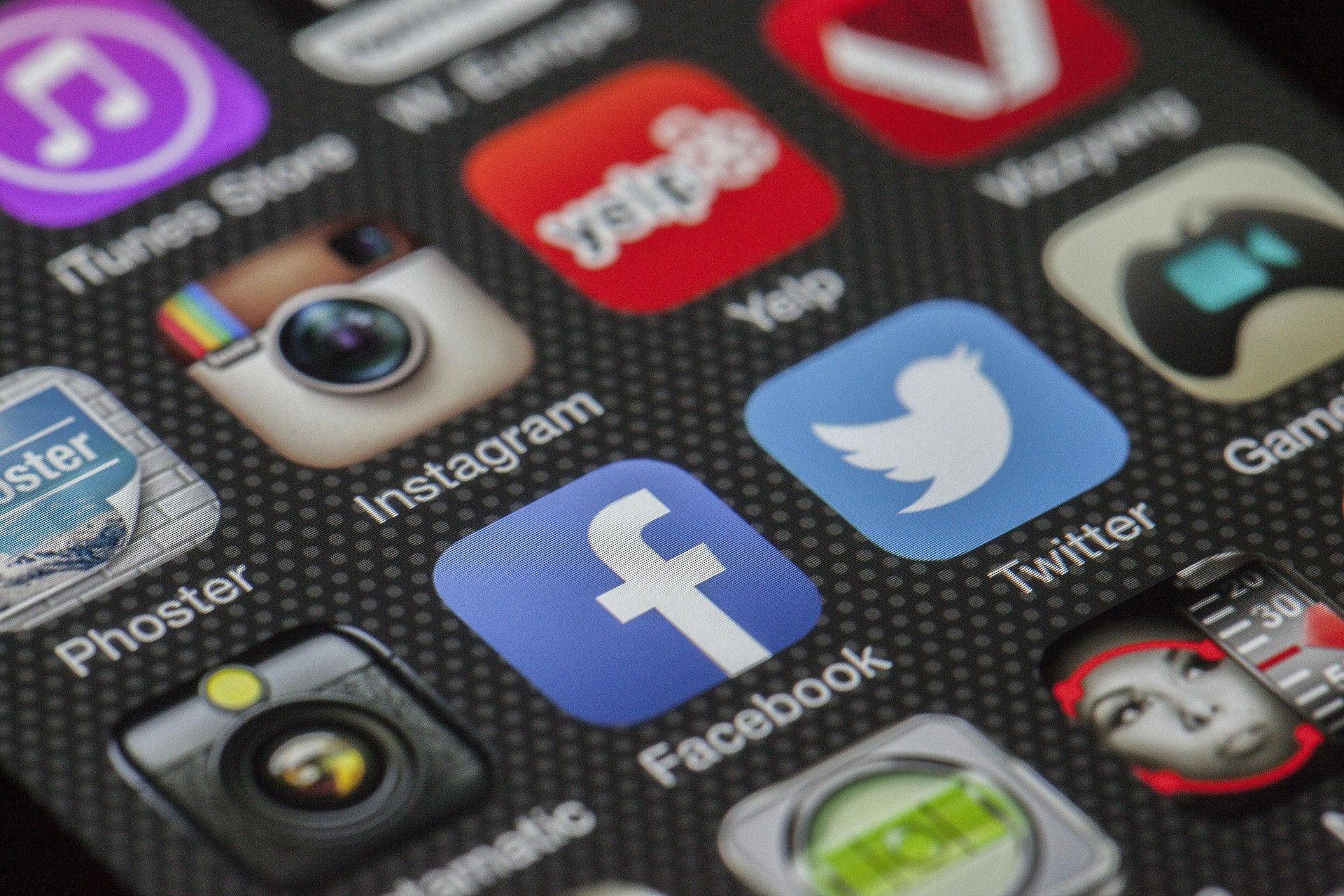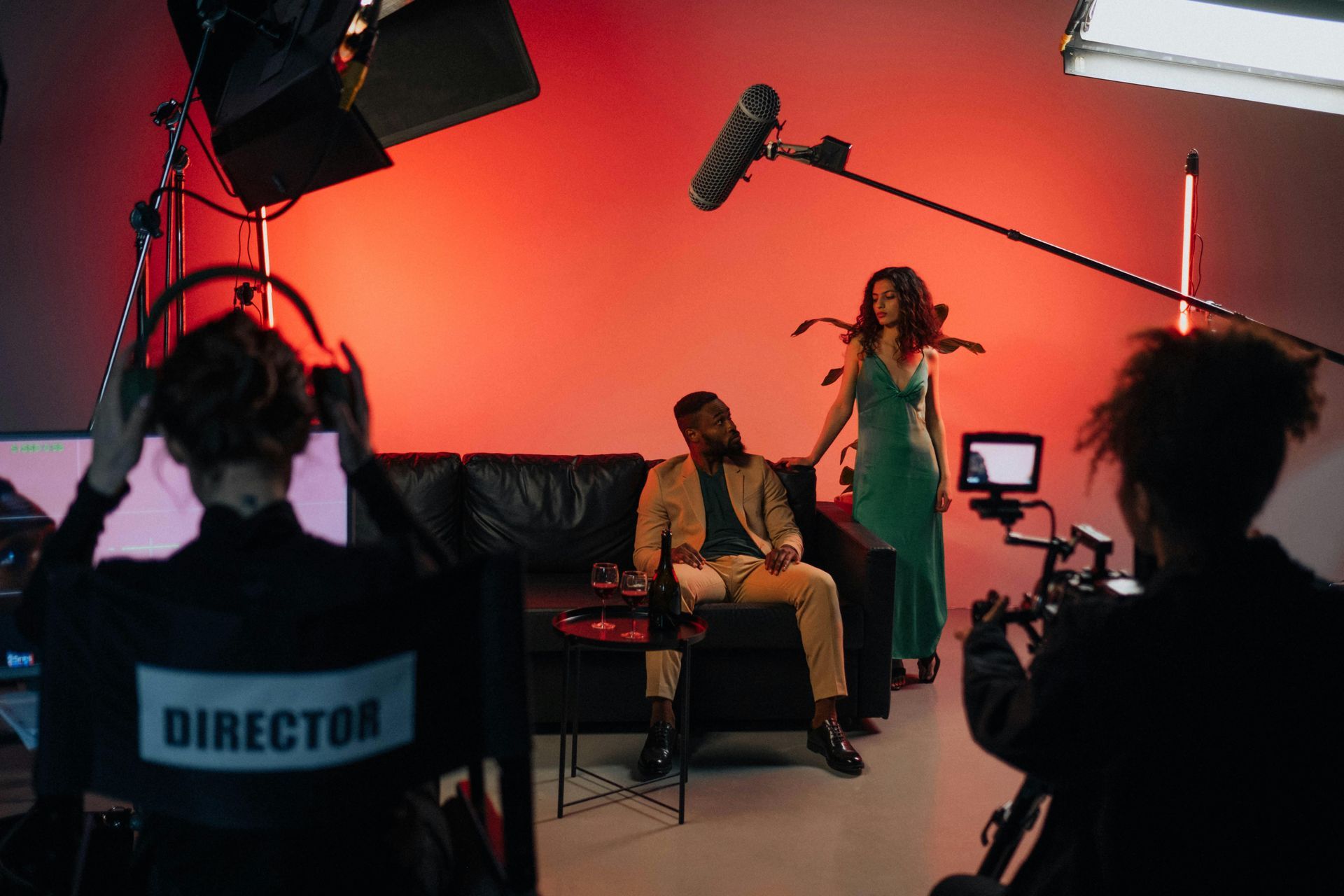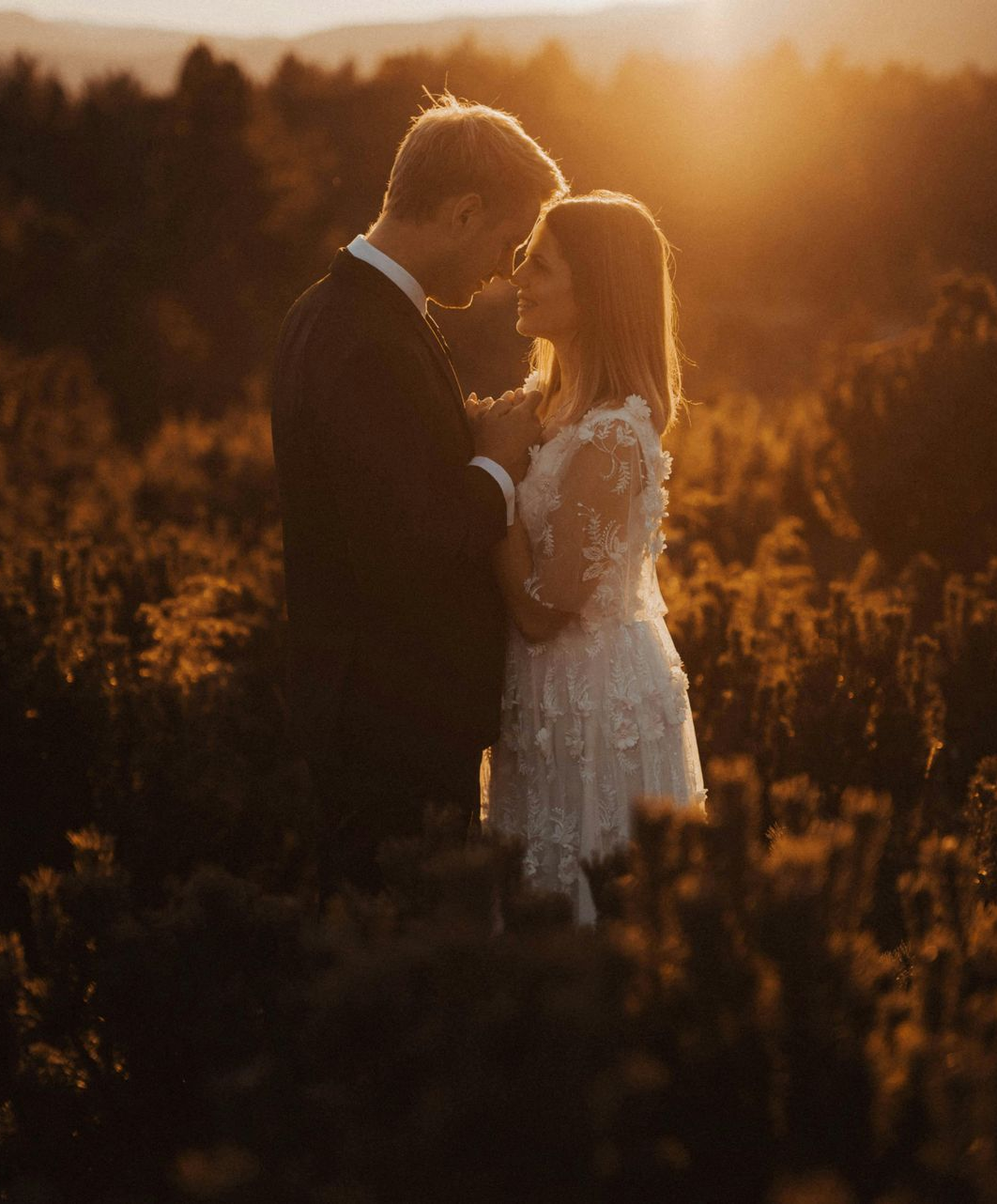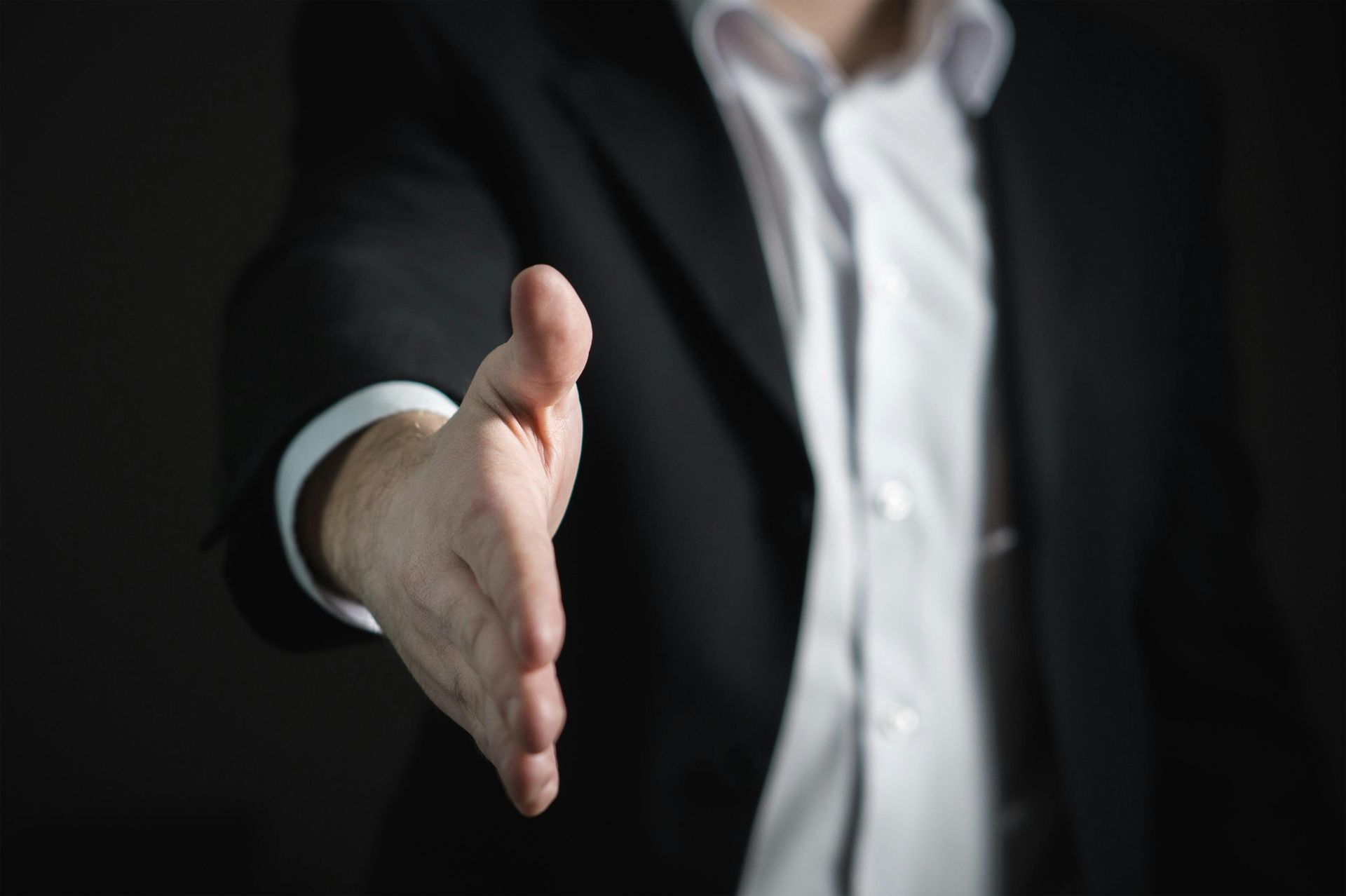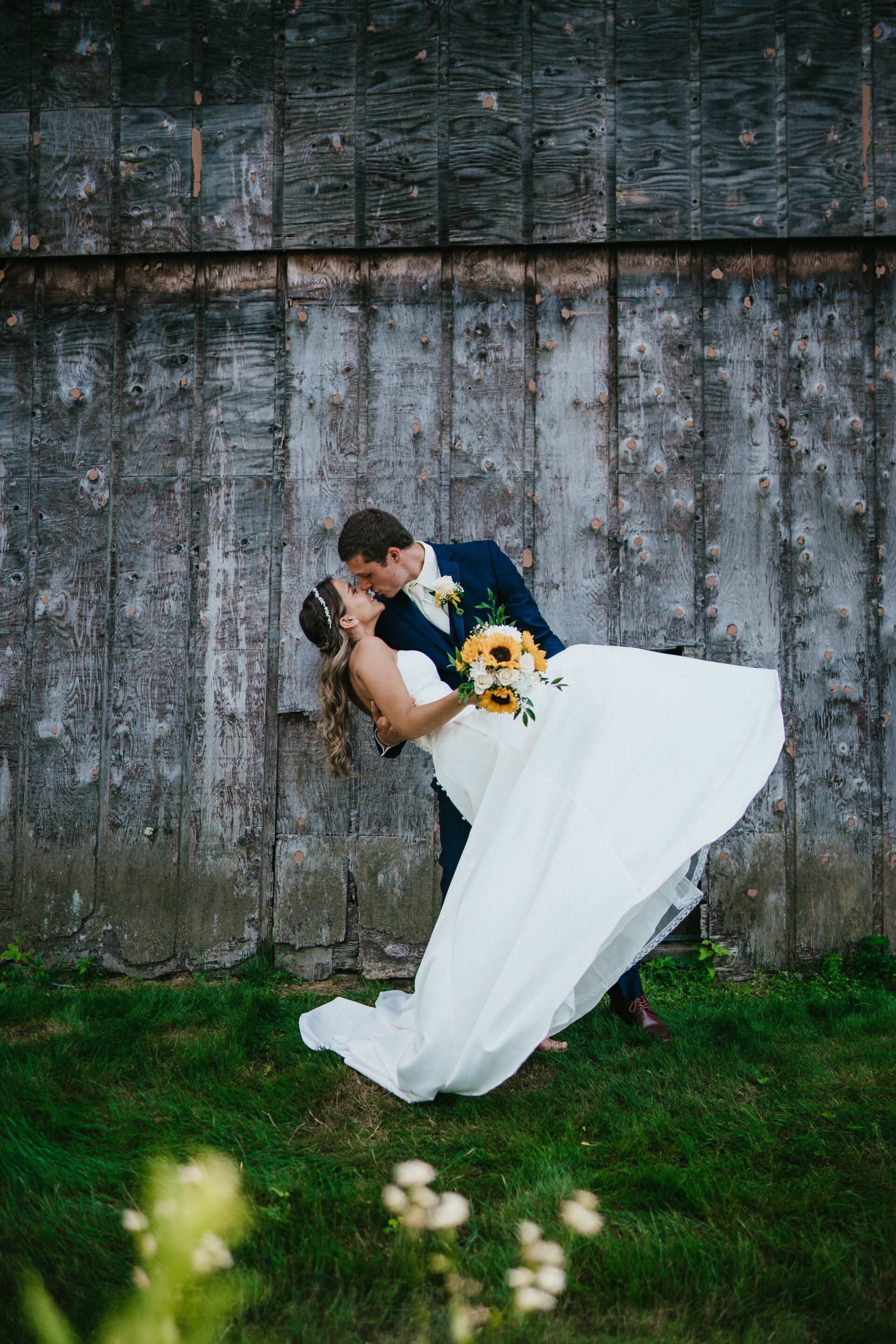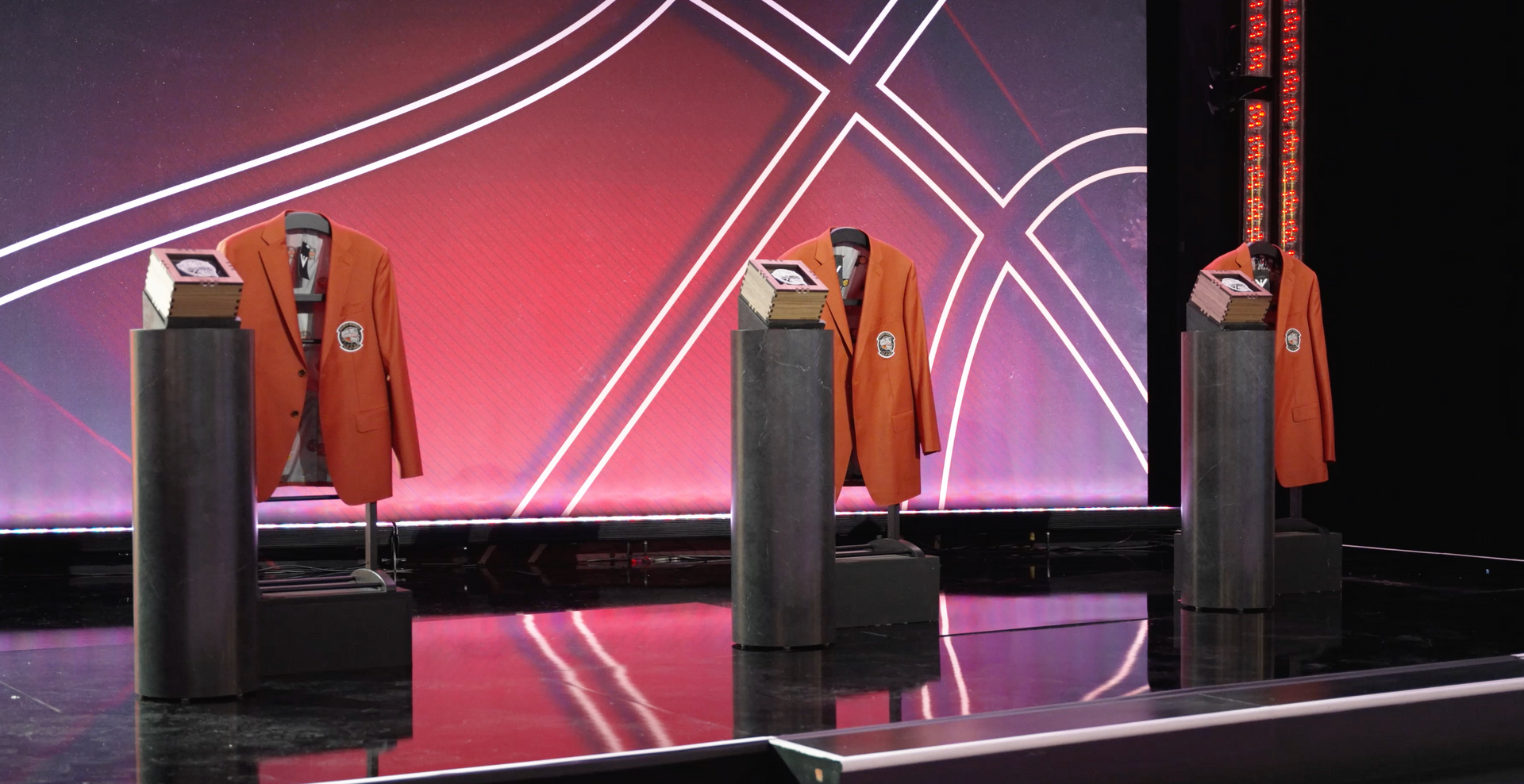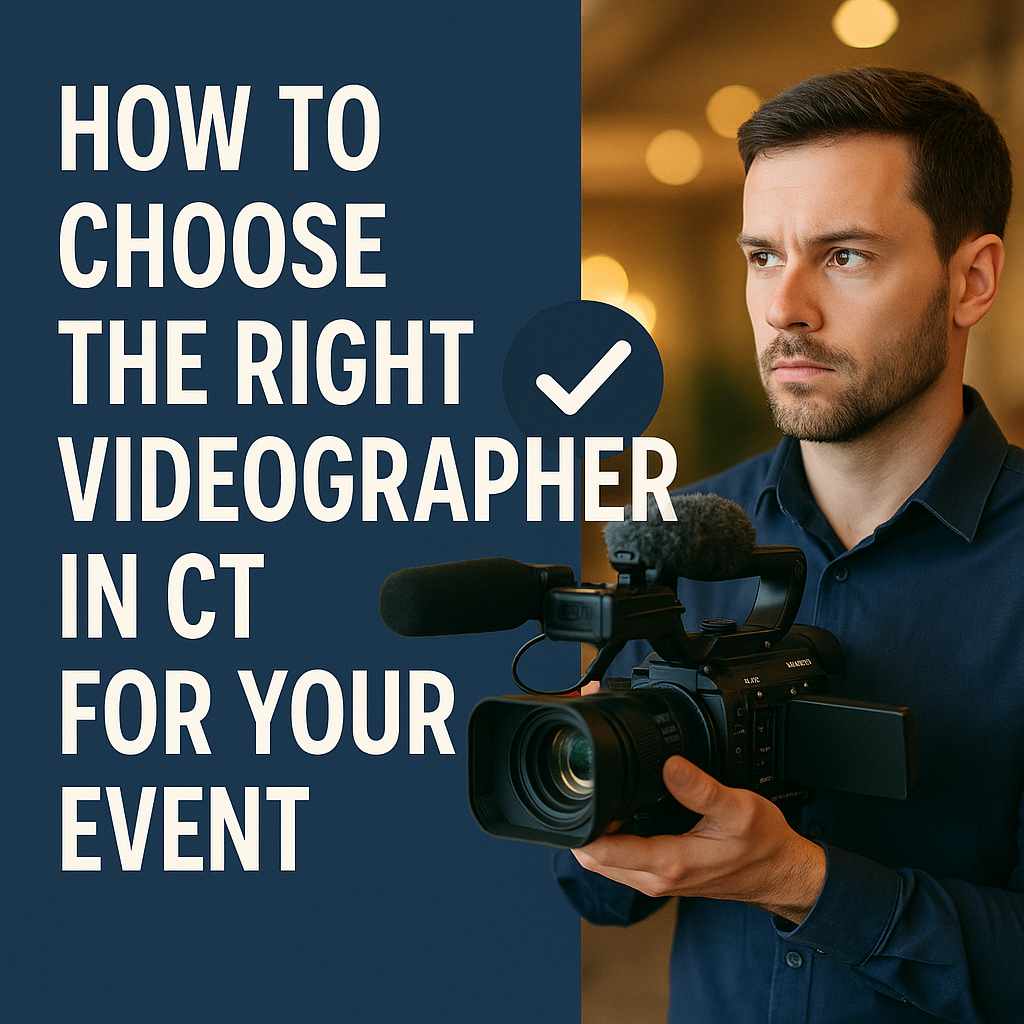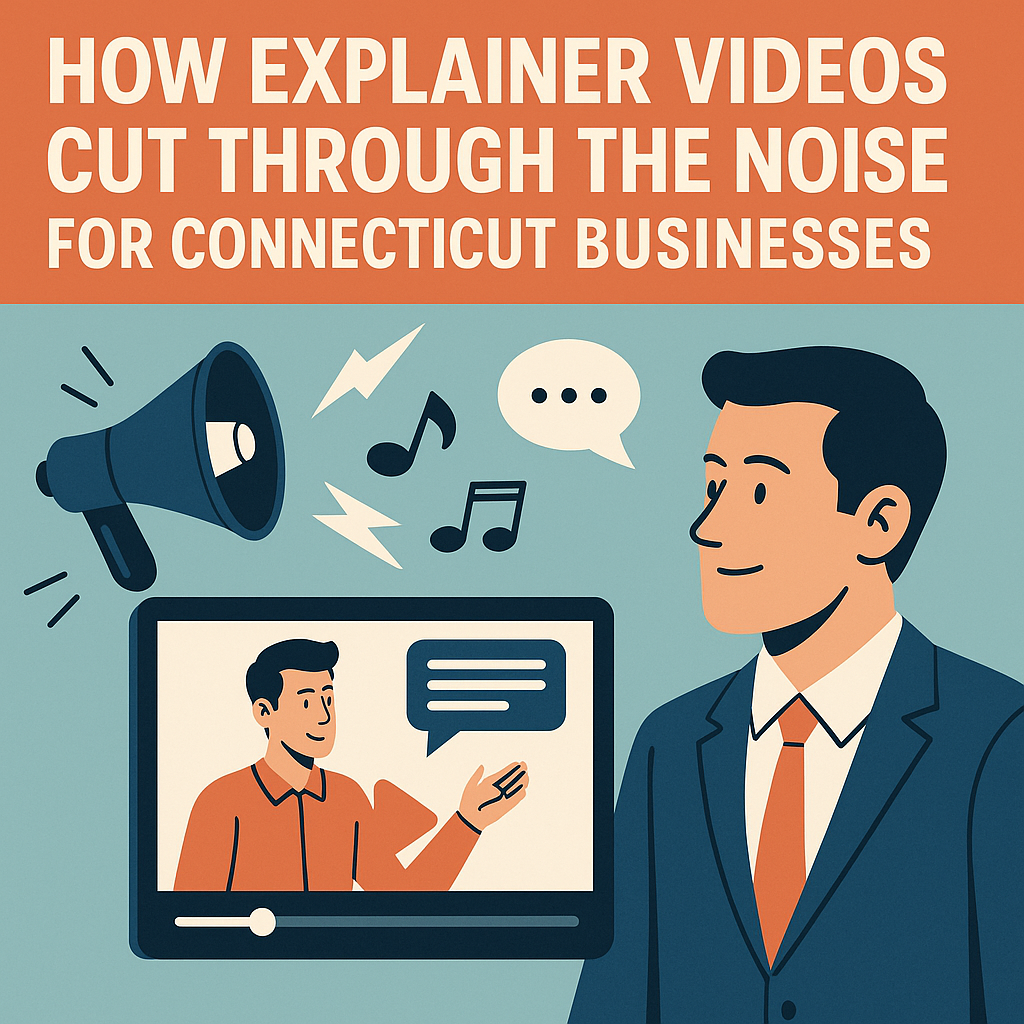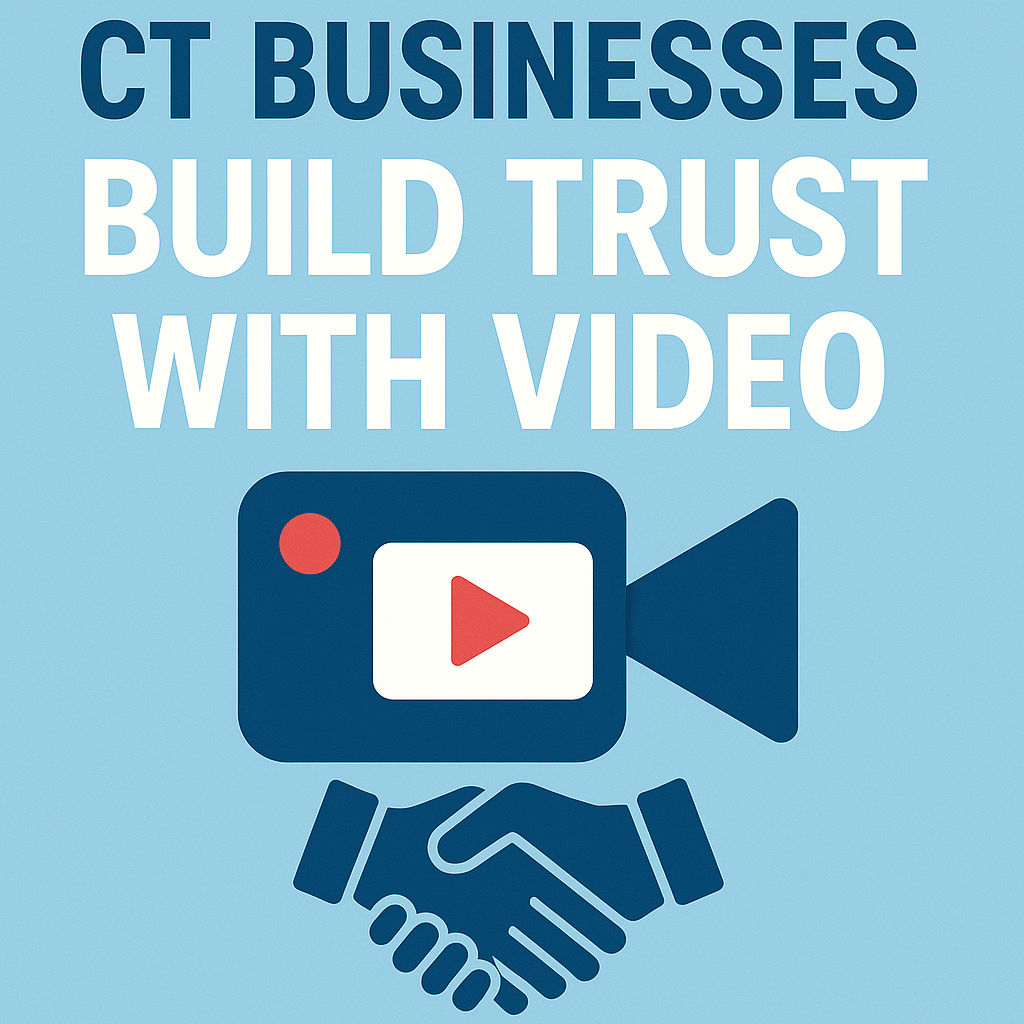How Does a Videographer Work Alongside a Photographer?
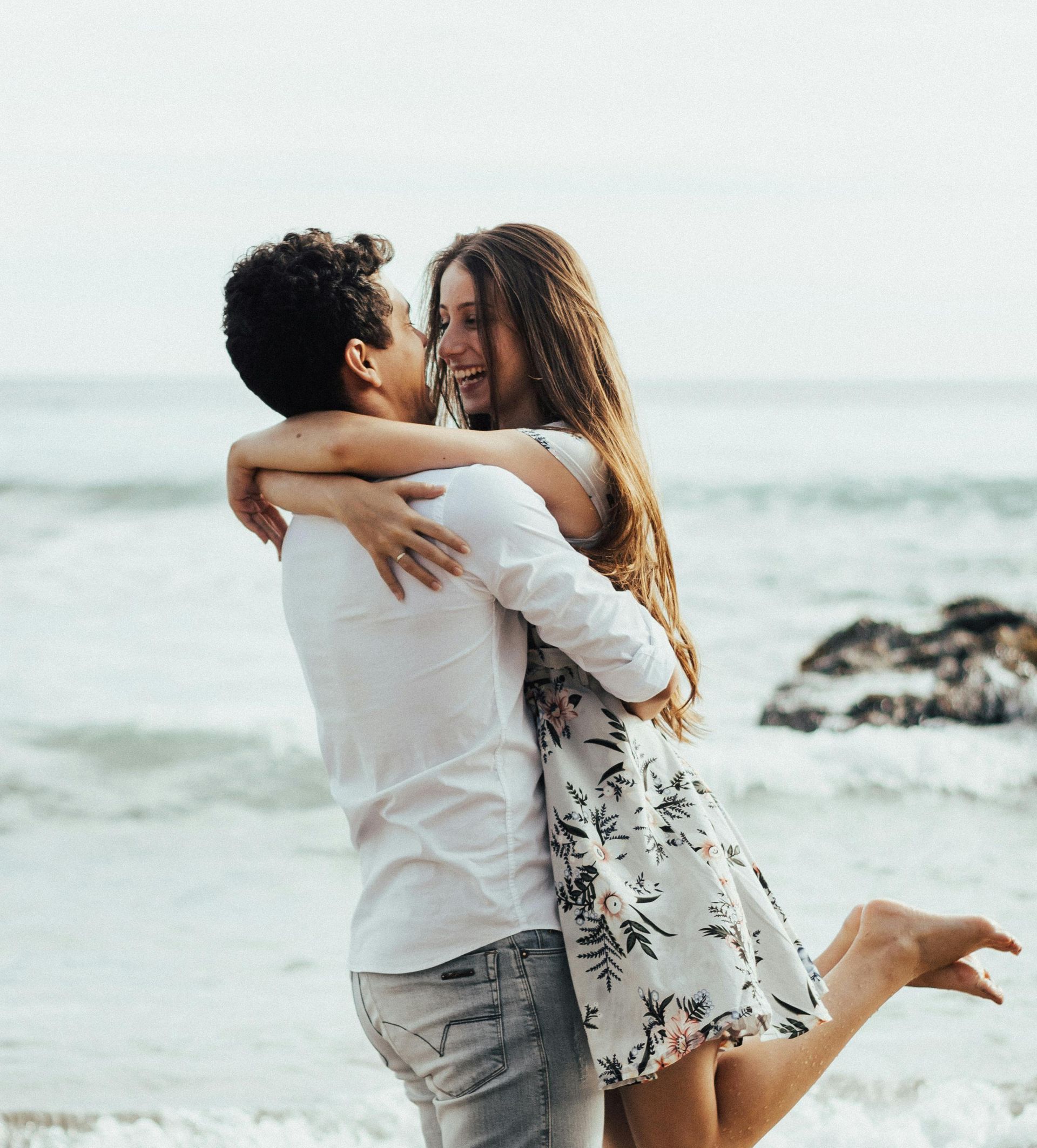
Creating Seamless Visual Coverage of Your Wedding Day
When planning your wedding, you may wonder:
“Will my photographer and videographer get in each other’s way?”
It’s a valid concern—after all, both are capturing the same day, often from the same angles, and both are essential to preserving your memories.
The good news? When professionals work together, photography and videography become a powerful team—complementing each other to tell the full story of your day in both stills and motion. But it takes clear communication, teamwork, and experience to ensure both can do their job without compromising the other’s work.
In this blog, we’ll walk through how videographers and photographers work together, how to set your team up for success, and why the right collaboration creates stunning results.
Why Coordination Matters Between Photographer and Videographer
Photography captures frozen moments—timeless, elegant images that can be framed, printed, and cherished. Videography, on the other hand, brings those moments to life with movement, sound, and emotion.
But both visual artists need:
- ✔ Access to the best angles
- ✔ Time to get their shots
- ✔ Space to move
- ✔ Awareness of what the other is doing
When they’re working as a team—not in competition—you get smoother coverage, less stress, and better memories.
1. They Share a Common Goal
Both your photographer and videographer are there for the same reason:
To tell the story of your wedding.
That shared goal lays the foundation for collaboration. Whether it's:
- The first look
- Walking down the aisle
- Your first dance
- Toasts and reactions
Each professional approaches the moment from their own creative perspective. When they communicate and respect each other’s workflow, the result is a seamless visual record of your day.
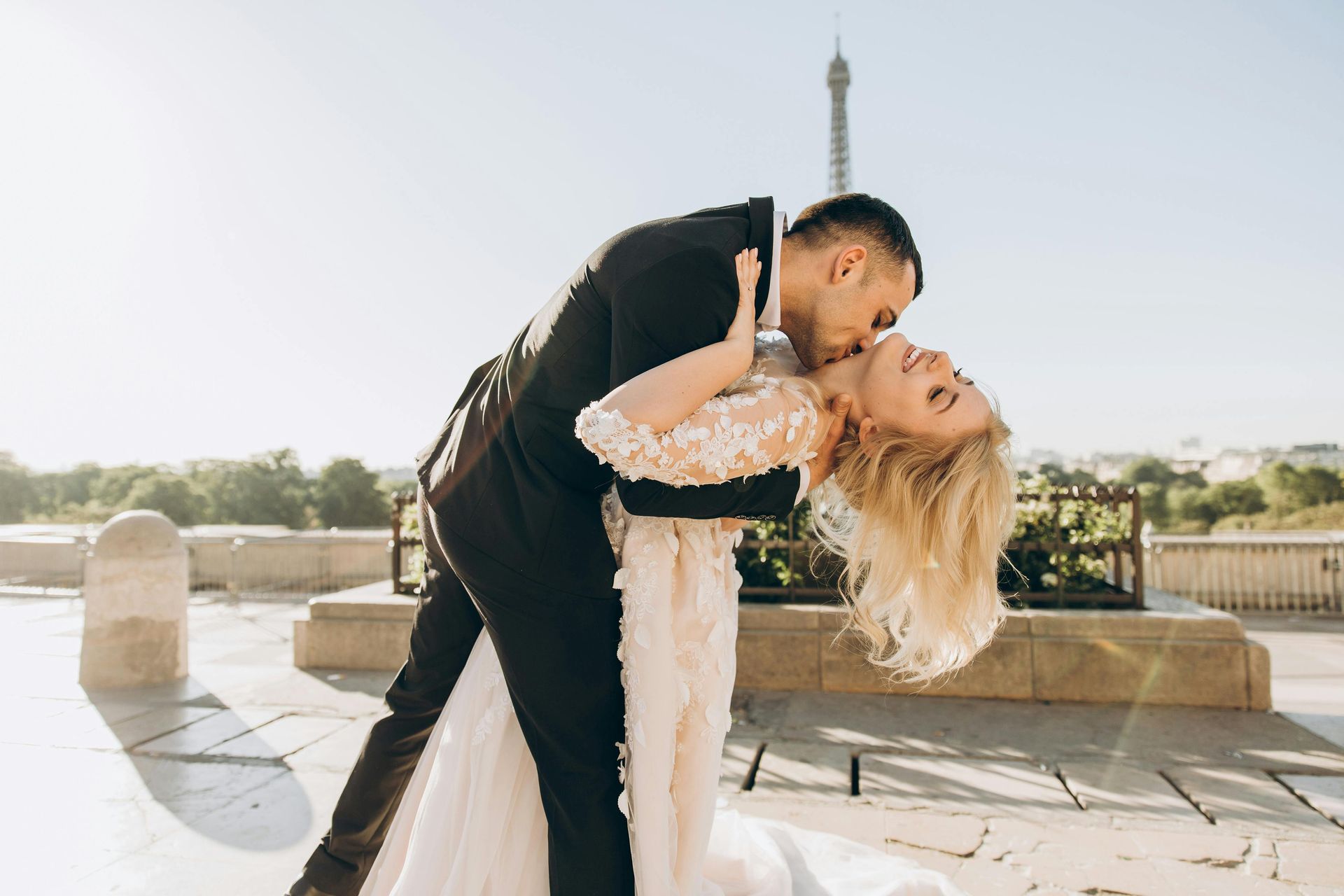
2. They Coordinate on Key Moments
Your timeline is everything. From getting ready to the grand exit, your visual team needs to know:
- ✔ What’s happening when
- ✔ What shots are most important to you
- ✔ How to avoid overlapping in-frame
Before the wedding day, experienced vendors will:
- Touch base to discuss logistics
- Divide space respectfully
- Plan ahead for time-sensitive moments (like golden hour photos or first dances)
If you're hiring your photographer and videographer separately, ask them to connect in advance so they can align their approach.
3. They Stay Out of Each Other’s Shots
One of the most common concerns couples have is:
“Will the videographer show up in my photos—or vice versa?”
Experienced professionals know how to avoid this. They’ll:
- Communicate positioning
- Take turns leading the shot
- Use different angles when needed
- Step aside when one is capturing a key moment
Example:
During the ceremony, your photographer might position themselves at the aisle, while the videographer sets up discreet cameras near the front. The result?
Clean, uninterrupted footage and photos.
4. They Use Complementary Gear
Photographers and videographers use different tools—and sometimes, those tools can be intrusive if not managed properly.
For instance:
- Photographers often use flash (especially during low-light receptions)
- Videographers may use continuous lighting or audio gear
By communicating in advance, they can adjust:
- Lighting setups
- Audio recording placement
- Flash timing
This ensures no one’s tools interfere with the other’s results, especially during intimate or low-light moments.
5. They Divide Responsibilities Naturally
During fast-moving parts of the day—like couple portraits, cocktail hour, or the reception—dividing responsibilities avoids congestion and allows both to work efficiently.
For example:
- One may focus on candid interactions while the other captures details
- The photographer might lead the posed portrait session while the videographer films behind-the-scenes content
- They’ll take turns guiding the couple when both stills and motion are needed
This approach keeps things fluid and makes sure you’re not being pulled in two directions at once.
6. They Adapt to Your Energy and Timeline
A great photography/videography team won’t just focus on their craft—they’ll also:
- ✔ Respect your comfort level in front of the camera
- ✔ Move with the flow of the day, not against it
- ✔ Help manage time and keep things on schedule
- ✔ Step back when emotional or quiet moments unfold
The best pros know when to lead and when to disappear. They adapt to your pace and work together to make your experience as effortless as possible.
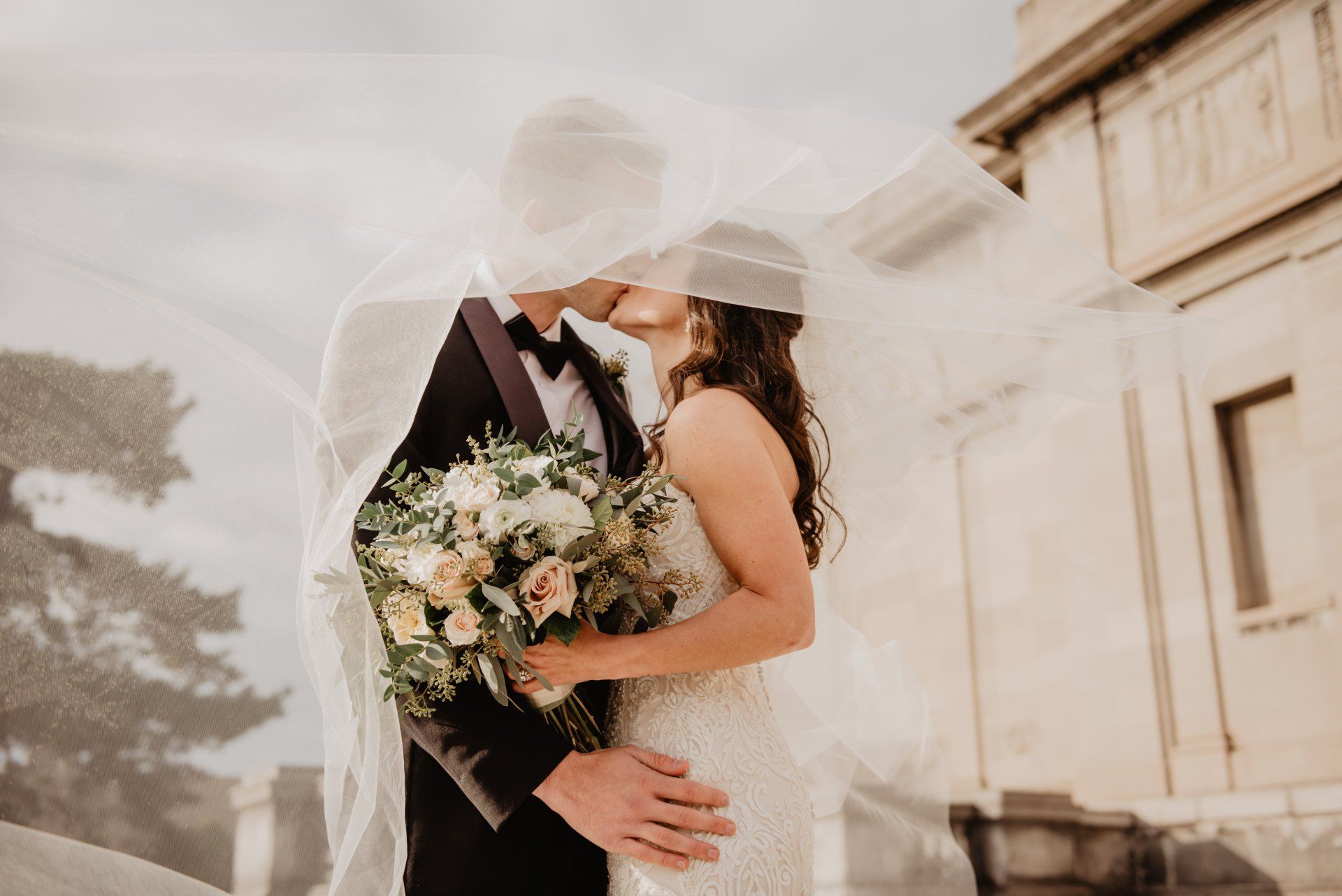
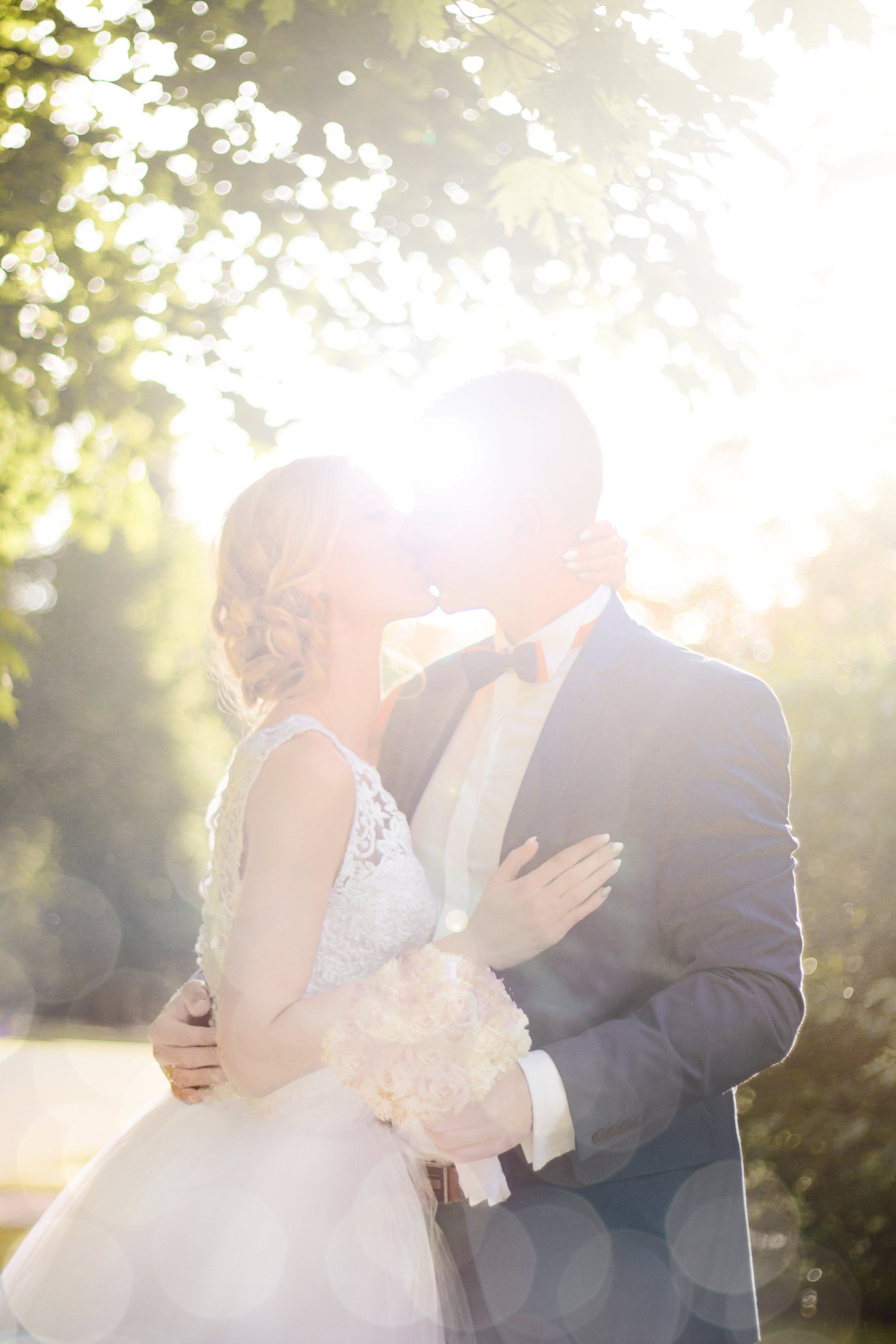
7. They Create a Consistent Style Together (When Coordinated)
If you're hiring a photographer and videographer separately, one potential pitfall is mismatched editing styles—a soft, light-and-airy photo gallery paired with a dark, moody film can feel disjointed.
To avoid this, ask:
- ✔ Can we see full galleries and wedding films?
- ✔ Have you worked with other teams with a similar style?
- ✔ Are you open to collaborating on mood and tone?
Some studios even offer both services in-house to ensure seamless visual branding. But even independent teams can sync beautifully with good communication.
Bonus: Benefits of Hiring a Photo + Video Team from the Same Studio
If you’re looking for maximum cohesion, hiring a photographer and videographer from the same studio offers:
- ✔ Built-in communication and rapport
- ✔ Matching editing and shooting styles
- ✔ Unified timeline planning
- ✔ Simplified contracts and payment
However, many independent photographers and videographers work together often and achieve the same level of synergy—it all comes down to experience and professionalism.
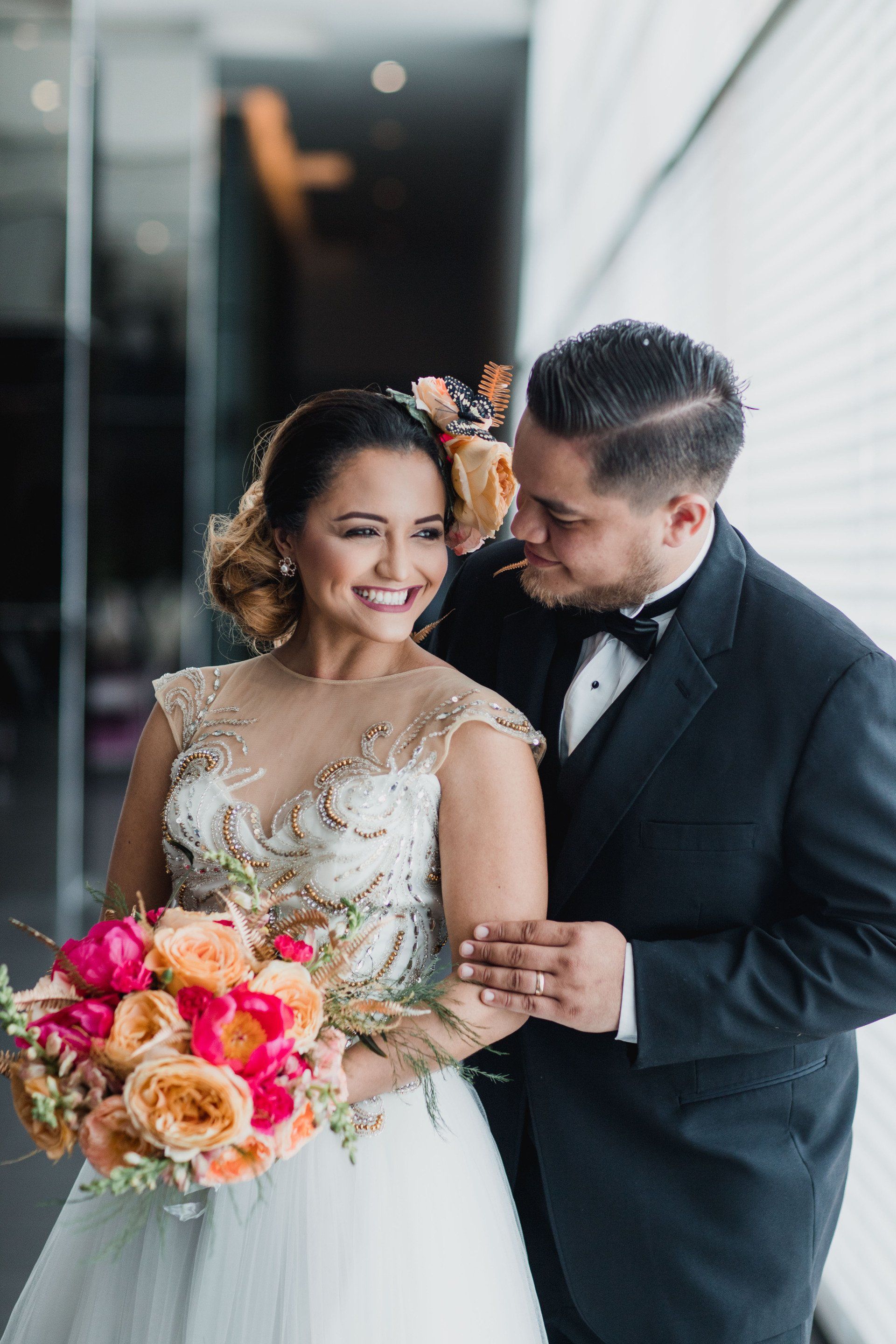
How You Can Help the Team Work Smoothly
As the couple, you can support their collaboration by:
- ✔ Sharing your full timeline in advance
- ✔ Scheduling a joint pre-wedding meeting or call
- ✔ Letting them know what moments matter most to you
- ✔ Giving them creative space and trusting their flow
The more open and organized you are, the more your visual team can deliver their best work.

Final Thoughts: Collaboration Creates Better Memories
When photographers and videographers work well together, you get the best of both worlds—the elegance of still photography and the emotion of cinematic storytelling.
So yes, it’s totally possible for a videographer to work alongside a photographer—and when done right, the result is seamless, beautiful, and unforgettable.
📅 Need a photographer and videographer who work together flawlessly? Contact us today to learn more about our collaborative approach and wedding day packages. Your story deserves a team that captures it all—together.


